Definition
The effects of a lightning strike, even at a distance of 500 m, endangers electronic/electric equipment. The main purpose of the surge protection barrier is to limit induced transient voltage over sensitive electrical equipment and to divert the surge current safely to a controlled point to earth.
Surge Protection for the Fieldbus System
A surge that effects the fieldbus cables (e.g., trunk cable) travels either toward the control system or toward the field devices through the field junction box.
Or a surge can effect the spur cables and travel either toward the field devices or toward the control system through the field junction box.
Therefore, all these paths should be adequately protected by using a proper surge protection device to avoid any damage to the fieldbus system components.
Surge protection should be used at various stages to prevent damage to the system.
Surge protection in the control room protects the control system against surges that affect the trunk connection and come from the field.
■ Surge protection at the trunk connection of the field junction box protects the field side against surges that occur between the control room and field junction box.
■ Surge protection at the spur side of the field junction box protects the electronics against surges that occur between the junction box and the field devices.
■ Surge protection at the field devices protects the field devices against surges that occur between field junction box and field device.
Surge Protector Design Details
The surge protection barrier provides line-to-line (differential mode) and line-to-earth (common mode) protection. This protection is achieved by integrating suitable switching elements into the surge protection device and guaranteeing a proper connection to earth.
The protection device must be able to respond quickly to high-impulse voltage and current. Since only one switching element is not able to fulill this requirement, several switching stages are incorporated into the device. This is called hybrid circuit protection.
A silicon avalanche transient voltage suppressor (TVS) diode, must be implemented to control the surge energy levels. This diode type responds to low voltage and current levels quickly, clamping the voltage to nondamaging levels, and diverting the surge current reliably to earth. The protection stages are decoupled via impedance.
Surge protection barriers must be able to withstand test pulses as described in the international lightning standard IEC 60060-1.
IEC 60060-1 states that the trickle current pulse “has a shape increasing from zero to peak value in a short time, and then decreases to zero either exponentially or in the manner of a heavily damped sine curve.” According to IEC standards, surge protection barriers should withstand exponential type current test pulses.
Additional Features Required for Fieldbus Surge
Protection
In addition to providing surge protection to the bus systems, these protection devices should have further characteristics to be in line with fieldbus applications.
Keeping In-line Resistance Low
Since FOUNDATION fieldbus and PROFIBUS PA carry both power supply and fieldbus communication signals on the same cable, any additional resistance on the bus has additional voltage drop, which may affect the trunk cable lengths. Therefore, it is essential to have low series resistance on the surge protection devices.
Bandwidth
To ensure the fieldbus signals pass through the surge protection barriers without any distortions, the capacitance (line/line and line/earth) must be as low as possible
(e.g., 1 nF), for the response time to be as fast as possible
(e.g., < 1 ns line/line).
Pluggable Feature
It is preferable to have the fieldbus surge protection devices as fixed base units with pluggable surge protection modules to enable easy maintenance. Removing the pluggable surge protection module does not interrupt the fieldbus signal, and so does not affect the signal path if replacement of the protection module is required.
Surge Protection in Hazardous Areas
Surge protection is available for hazardous areas and general purpose areas. It can be engineered into many different explosion protection forms including intrinsic safety, purge and pressurization, and explosion-proof. There are options for signal interruption and different shield grounding options.
Also Read: What is a Fieldbus Terminator & its Principle


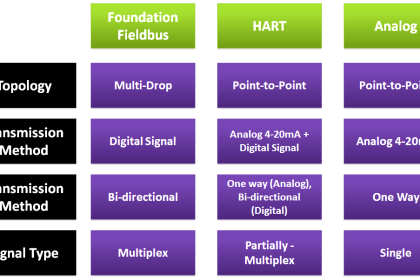

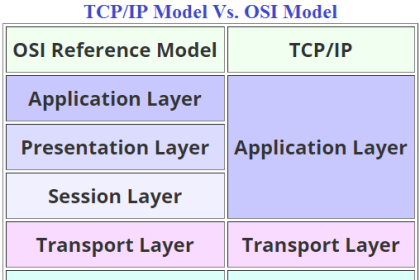
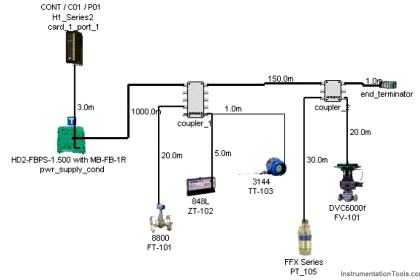

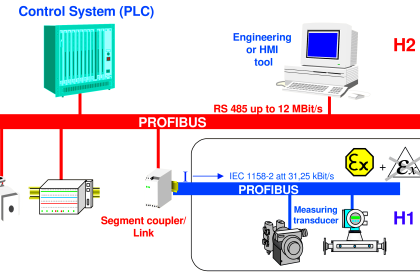



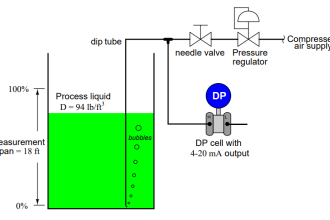


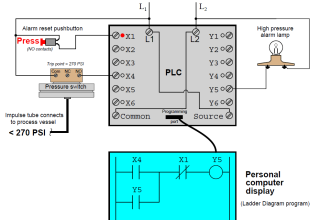
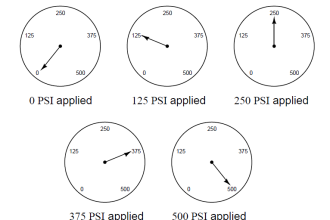
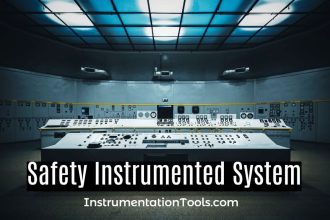

Your information is very good.
Please, i need more clarifications on protecting field transmitters instruments from lightning strikes and power surges
how to check the surge protector is functioning or not? or healthiness